golang:缓存库cache2go介绍
文章目录
- 是什么
- 项目结构
- 设计原理
- 关键数据结构
- CacheItem
- CacheTable
- cache.go
- 例子
是什么

- 带有时效性的单机缓存
项目结构
项目地址:https://github.com/muesli/cache2go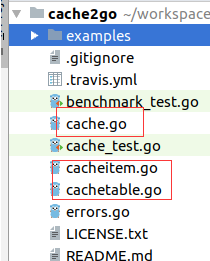
设计原理

关键数据结构
- CacheItem:缓存表中的条目
- CacheTable :缓存表
CacheItem
没什么好看的,除了需要注意一下cacheItem的结构之外
import ("sync""time")type CacheItem struct {sync.RWMutex //读写锁:为了保证其并发安全性,都带有sync.RWMutex,维持操作的原子性。并带有时间戳来实现过期控制。key interface{} //缓存项的keydata interface{} //缓存项的valuelifeSpan time.Duration//缓存的生命周期:当不再被访问时,该项目在缓存中生存多久createdOn time.Time //缓存项目的创建时间戳。accessedOn time.Time //缓存项目上一次被访问的时间戳accessCount int64 //缓存项目被访问的次数aboutToExpire func(key interface{}) // // 在删除缓存项之前调用的回调函数}// NewCacheItem返回一个新创建的CacheItem的指针// 参数key时缓存项目的缓存密码key// 参数lifeSpan决定经过多久之后将该缓存项删除【存活时间】// 参数data是缓存项的valuefunc NewCacheItem(key interface{}, lifeSpan time.Duration, data interface{}) *CacheItem {t := time.Now()return &CacheItem{key: key,lifeSpan: lifeSpan,createdOn: t,accessedOn: t, //createdOn和accessedOn设置成了当前时间accessCount: 0,aboutToExpire: nil, //被删除时触发的回调方法初始化为nil【推测还应当调用其他方法来设置这个属性】data: data,}}// KeepAlive标记一个项目保持另一个expireDuration(持续时间)周期func (item *CacheItem) KeepAlive() {item.Lock()defer item.Unlock()item.accessedOn = time.Now() //记录此时访问的时间item.accessCount++ //增加被访问的次数}// LifeSpan返回CacheItem的生命期限。func (item *CacheItem) LifeSpan() time.Duration {// immutablereturn item.lifeSpan}// AccessedOn返回CacheItem最后被访问的时间func (item *CacheItem) AccessedOn() time.Time {item.RLock()defer item.RUnlock()return item.accessedOn}// CreatedOn返回当前CacheItem的最开始创建的时间func (item *CacheItem) CreatedOn() time.Time {// immutablereturn item.createdOn}// AccessCount返回当前CacheItem被访问的次数func (item *CacheItem) AccessCount() int64 {item.RLock()defer item.RUnlock()return item.accessCount}// Key返回当前CacheItem中的keyfunc (item *CacheItem) Key() interface{} {// immutablereturn item.key}// Data返回当前CacheItem的valuefunc (item *CacheItem) Data() interface{} {// immutablereturn item.data}// SetAboutToExpireCallback配置被删除之前要调用的回调函数func (item *CacheItem) SetAboutToExpireCallback(f func(interface{})) {item.Lock()defer item.Unlock()item.aboutToExpire = f}
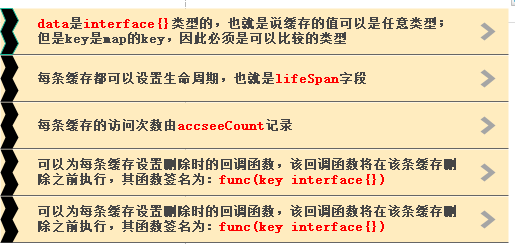
CacheTable
package cache2goimport ("log""sort""sync""time")// CacheTable is a table within the cachetype CacheTable struct {sync.RWMutex// 缓存表名name string//所有的缓存项items map[interface{}]*CacheItem//负责触发缓存清理的定时器。cleanupTimer *time.Timer// 缓存清理周期cleanupInterval time.Duration// 该缓存表的日志logger *log.Logger//当试图获取一个不存在的缓存项时的回调函数loadData func(key interface{}, args ...interface{}) *CacheItem//当向缓存表中增加一个缓存项时的回调函数addedItem func(item *CacheItem)//当从缓存表中删除一个缓存项时被调用的函数aboutToDeleteItem func(item *CacheItem)}// Count returns返回当前缓存中存储有多少个缓存项:求map的长度func (table *CacheTable) Count() int {table.RLock()defer table.RUnlock()return len(table.items)}//遍历所有的缓存项:遍历mapfunc (table *CacheTable) Foreach(trans func(key interface{}, item *CacheItem)) {table.RLock()defer table.RUnlock()for k, v := range table.items {trans(k, v)}}// SetDataLoader配置【当试图获取一个不存在的缓存项时】的回调函数func (table *CacheTable) SetDataLoader(f func(interface{}, ...interface{}) *CacheItem) {table.Lock()defer table.Unlock()table.loadData = f}// SetAddedItemCallback配置【当向缓存表中增加一个缓存项时的回调函数func (table *CacheTable) SetAddedItemCallback(f func(*CacheItem)) {table.Lock()defer table.Unlock()table.addedItem = f}// SetAboutToDeleteItemCallback配置【当从缓存表中删除一个缓存项时】被调用的函数func (table *CacheTable) SetAboutToDeleteItemCallback(f func(*CacheItem)) {table.Lock()defer table.Unlock()table.aboutToDeleteItem = f}//SetLogger配置当前缓存表所使用的日志func (table *CacheTable) SetLogger(logger *log.Logger) {table.Lock()defer table.Unlock()table.logger = logger}//由计时器触发的到期检查.func (table *CacheTable) expirationCheck() {table.Lock()if table.cleanupTimer != nil {//不设置为niltable.cleanupTimer.Stop()}if table.cleanupInterval > 0 {//计时器的时间间隔table.log("Expiration check triggered after", table.cleanupInterval, "for table", table.name)} else {table.log("Expiration check installed for table", table.name) //不设置为0}// 为了更准确的使用定时器,我们应该再每个记时时间周期跟新now()。不确定是否真的有效now := time.Now()smallestDuration := 0 * time.Secondfor key, item := range table.items {// Cache values so we don't keep blocking the mutex.item.RLock()lifeSpan := item.lifeSpanaccessedOn := item.accessedOnitem.RUnlock()if lifeSpan == 0 {//0永久有效continue}if now.Sub(accessedOn) >= lifeSpan {// 项目超过了项目周期则删除项目table.deleteInternal(key)} else {// 查询最靠近死亡周期的项目if smallestDuration == 0 || lifeSpan-now.Sub(accessedOn) < smallestDuration {smallestDuration = lifeSpan - now.Sub(accessedOn)}}}//为下次清理设置间隔table.cleanupInterval = smallestDurationif smallestDuration > 0 {table.cleanupTimer = time.AfterFunc(smallestDuration, func() {go table.expirationCheck()})}table.Unlock()}//func (table *CacheTable) addInternal(item *CacheItem) {// Careful: 除非表互斥锁被锁定,不要调用此方法// It will unlock it for the caller before running the callbacks and checkstable.log("Adding item with key", item.key, "and lifespan of", item.lifeSpan, "to table", table.name)table.items[item.key] = item //将item加入缓存表中// Cache values so we don't keep blocking the mutex.expDur := table.cleanupInterval //默认为0addedItem := table.addedItem //设置item加入缓存表中的回调函数,[如果没有使用SetAddedItemCallback设置的化就是nil]table.Unlock()// 将item加入cache表中是触发if addedItem != nil {//如果设置了回调函数addedItem(item) //调用回调函数}// If we haven't set up any expiration check timer or found a more imminent item.if item.lifeSpan > 0 && (expDur == 0 || item.lifeSpan < expDur) {table.expirationCheck()}}// Add创建一个CacheItem,加锁,调用addInternal:传参:key,生命周期,和key-value中的valuefunc (table *CacheTable) Add(key interface{}, lifeSpan time.Duration, data interface{}) *CacheItem {item := NewCacheItem(key, lifeSpan, data)//增加一个item到cachetable.Lock()table.addInternal(item) //传参就是新创建的CacheItemreturn item}func (table *CacheTable) deleteInternal(key interface{}) (*CacheItem, error) {r, ok := table.items[key]if !ok {return nil, ErrKeyNotFound}// Cache value so we don't keep blocking the mutex.aboutToDeleteItem := table.aboutToDeleteItemtable.Unlock()//从缓存中删除item之前触发回调函数if aboutToDeleteItem != nil {aboutToDeleteItem(r)}r.RLock()defer r.RUnlock()if r.aboutToExpire != nil {r.aboutToExpire(key)}table.Lock()table.log("Deleting item with key", key, "created on", r.createdOn, "and hit", r.accessCount, "times from table", table.name)delete(table.items, key)return r, nil}// 从缓存中删除缓存func (table *CacheTable) Delete(key interface{}) (*CacheItem, error) {table.Lock()defer table.Unlock()return table.deleteInternal(key)}// Exists判断item是否存在cache中.func (table *CacheTable) Exists(key interface{}) bool {table.RLock()defer table.RUnlock()_, ok := table.items[key]return ok}// NotFoundAdd测试item是否在缓存表中. 如果没有找到就新创建一个item并加入缓存表中func (table *CacheTable) NotFoundAdd(key interface{}, lifeSpan time.Duration, data interface{}) bool {table.Lock()if _, ok := table.items[key]; ok {//遍历map表,如果找到就返回falsetable.Unlock()return false}item := NewCacheItem(key, lifeSpan, data) //如果当前没有对应key-value,就新创建一个item并加入缓存表,然后返回truetable.addInternal(item)return true}// Value returns an item from the cache and marks it to be kept alive. You can// pass additional arguments to your DataLoader callback function.func (table *CacheTable) Value(key interface{}, args ...interface{}) (*CacheItem, error) {table.RLock()r, ok := table.items[key] //从table表也就是map中查找keyloadData := table.loadData //如果没有专门就是就是niltable.RUnlock()if ok {//更新访问时间戳和访问次数加1r.KeepAlive()return r, nil}// 如果查找item不存在缓存表中. 可以设置data-loader回调然后加入到cache表中.//即如果我们去查找某个key的缓存,如果找不到且我们设置了dataloader回调,就会执行该回调函数。这个功能还是挺实用的,举个例子比如我们缓存了数据库中的一些用户信息,如果我们可以设置dataloader回调,//如果从缓存里面查找某个用户信息时没有找到,就从数据库中读取该用户信息并加到缓存里面,这个动作就可以加在dataloader回调里面if loadData != nil {item := loadData(key, args...)if item != nil {table.Add(key, item.lifeSpan, item.data)return item, nil}return nil, ErrKeyNotFoundOrLoadable}return nil, ErrKeyNotFound}// Flush deletes all items from this cache table.func (table *CacheTable) Flush() {table.Lock()defer table.Unlock()table.log("Flushing table", table.name)table.items = make(map[interface{}]*CacheItem)table.cleanupInterval = 0if table.cleanupTimer != nil {table.cleanupTimer.Stop()}}// CacheItemPair maps key to access countertype CacheItemPair struct {Key interface{}AccessCount int64}// CacheItemPairList is a slice of CacheIemPairs that implements sort.// Interface to sort by AccessCount.type CacheItemPairList []CacheItemPairfunc (p CacheItemPairList) Swap(i, j int) {p[i], p[j] = p[j], p[i] }func (p CacheItemPairList) Len() int {return len(p) }func (p CacheItemPairList) Less(i, j int) bool {return p[i].AccessCount > p[j].AccessCount }// MostAccessed returns返回当前缓存表中被访问最多的表func (table *CacheTable) MostAccessed(count int64) []*CacheItem {table.RLock()defer table.RUnlock()p := make(CacheItemPairList, len(table.items))i := 0for k, v := range table.items {p[i] = CacheItemPair{k, v.accessCount}i++}sort.Sort(p)var r []*CacheItemc := int64(0)for _, v := range p {if c >= count {break}item, ok := table.items[v.Key]if ok {r = append(r, item)}c++}return r}// Internal logging method for convenience.func (table *CacheTable) log(v ...interface{}) {if table.logger == nil {return}table.logger.Println(v...)}
cache.go
//总结:根据表名返回指向对应的表的地址。如果不存在该表就创建一个表package cache2goimport ("sync")var (cache = make(map[string]*CacheTable) //cacheTable实质是一个map,key是string,value是*CacheTable;mutex sync.RWMutex)// Cache[创建一个新表]返回已经存在的缓存表func Cache(table string) *CacheTable {mutex.RLock()t, ok := cache[table] //如果没有找到table名对应的cache表,mutex.RUnlock()if !ok {mutex.Lock()t, ok = cache[table]// 第二次检查表是否存在if !ok {t = &CacheTable{//如果不存在,就定义一个map表[CacheTable]并取出表的地址name: table, //表名items: make(map[interface{}]*CacheItem), //初始化一个CacheItem结构的map}cache[table] = t //将表的地址返回}mutex.Unlock()}return t}
例子
package mainimport ("fmt""github.com/muesli/cache2go""strconv""time")type myStruct struct {text stringmoreData []byte}func main() {cache := cache2go.Cache("myCache")val := myStruct{"This is a test!", []byte{}}cache.SetAddedItemCallback(func(entry *cache2go.CacheItem){fmt.Println("Added:", entry.Key(), entry.Data(), "---", entry.CreatedOn())})cache.Add("someKey", 5*time.Second, &val)res, err := cache.Value("someKey")if err == nil {fmt.Println("Found value in cache:", res.Data().(*myStruct).text)} else {fmt.Println("Error retrieving value from cache:", err)}// Wait for the item to expire in cache.//time.Sleep(6 * time.Second)//res, err = cache.Value("someKey")//if err != nil {// fmt.Println("Item is not cached (anymore).")//}cache.SetAboutToDeleteItemCallback(func(e *cache2go.CacheItem) {fmt.Println("Deleting:", e.Key(), e.Data().(*myStruct).text, e.CreatedOn())})// Remove the item from the cache.cache.Delete("someKey")cache.Flush()//--------------------------------------------------------/*之前介绍的回调函数都是在添加或删除缓存表项时候触发,而这个dataloader回调则是在调用Value时触发。即如果我们去查找某个key的缓存,如果找不到且我们设置了dataloader回调,就会执行该回调函数。这个功能还是挺实用的,举个例子比如我们缓存了数据库中的一些用户信息,如果我们可以设置dataloader回调,如果从缓存里面查找某个用户信息时没有找到,就从数据库中读取该用户信息并加到缓存里面,这个动作就可以加在dataloader回调里面。*/// The data loader gets called automatically whenever something// tries to retrieve a non-existing key from the cache.cache.SetDataLoader(func(key interface{}, args ...interface{}) *cache2go.CacheItem {// Apply some clever loading logic here, e.g. read values for// this key from database, network or file.val := "This is a test with key " + key.(string)// This helper method creates the cached item for us. Yay!item := cache2go.NewCacheItem(key, 0, val)return item})// Let's retrieve a few auto-generated items from the cache.for i := 0; i < 1; i++ {res, err := cache.Value("someKey_" + strconv.Itoa(i))if err == nil {fmt.Println("Found value in cache:", res.Data())} else {fmt.Println("Error retrieving value from cache:", err)}}fmt.Println(cache.Count())}
参考:https://time-track.cn/cache2go-introduction.html
https://blog.csdn.net/Paddy90/article/details/72884578


























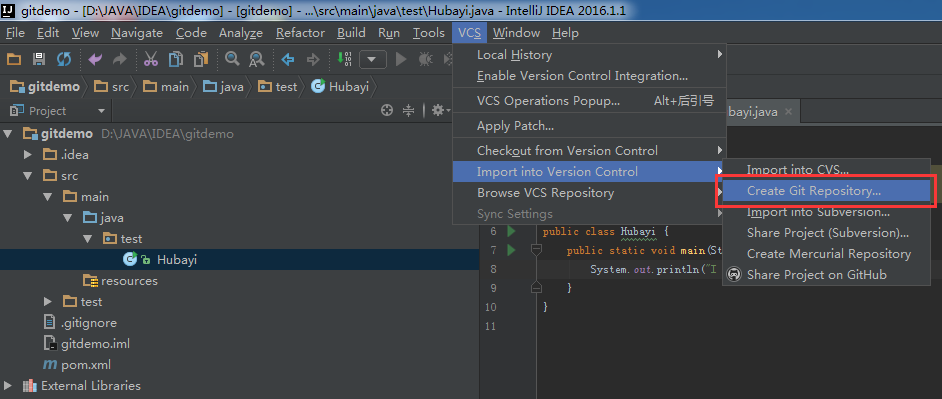
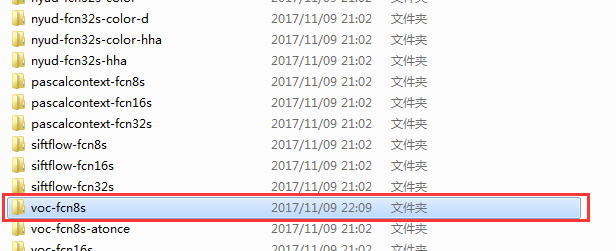


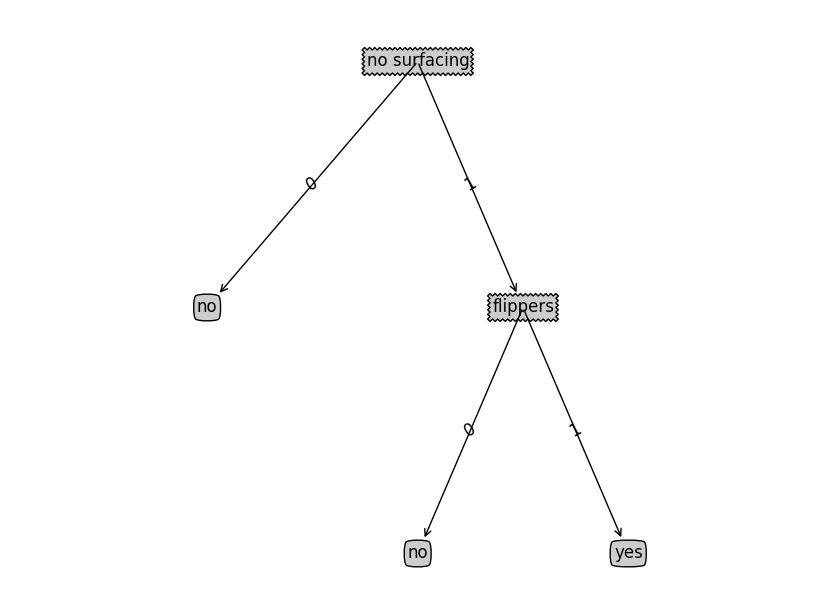



还没有评论,来说两句吧...